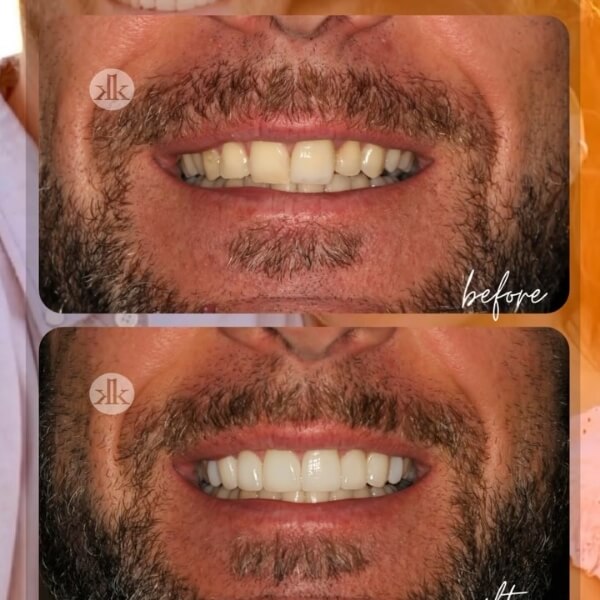2 Minute Read:
Scaling and root planing, flap surgery, and gum grafting are common methods used to treat periodontitis (gum disease). Periodontitis can be understood as the infection of the gums, and it is caused by the accumulation of bacteria on the teeth and gums, commonly due to poor oral hygiene.

Some symptoms of periodontitis include bad breath, bleeding gums, receding gums, tooth loss, swollen gums, and the buildup of tartar and plaque on the surface of the teeth. Here is a rundown of the main treatment methods for periodontitis.
Scaling and Root Planing
Scaling and root planing is also known as deep teeth cleaning. During this non-surgical restorative dental procedure, your dentist will remove plaque and tartar below and above the gum line. Scaling can be done manually or using an ultrasonic or a laser instrument. Root planing involves smoothing out the root surfaces in order to discourage the growth of bacteria and the buildup of plaque and tartar.
This allows the gum to better attach to the tooth itself and can treat mild cases of gum disease like gingivitis.
Flap Surgery
Flap surgery, also known as pocket reduction surgery, is a dental surgical procedure that seeks to expose the root to make scaling and root planing more effective.
During the procedure, your dentist will make incisions in your gum to make it possible for sections of your gum tissue to be lifted to make the roots of your teeth more accessible for cleaning.
Since periodontitis can also cause bone loss, your dentist might also have to recontour the bone before closing the incisions with sutures. After healing, it will be easier for you to keep your teeth clean, which will go a long way in preventing the growth of plaque and tartar.
Gum Grafting
Gum grafting is a dental surgical procedure that protects a patient’s teeth against the damaging effects of gum recession.
Gum recession can be understood as a dental condition in which the gum tissue around the teeth pulls away, leaving the teeth and the roots exposed. If the issue is not treated, it can lead to tooth sensitivity and even tooth loss.
During this procedure, your doctor will take pieces of tissue from the roof of your mouth and attach them to the areas where the gums have worn away.
Do You Need Treatment for Gum Disease?
If you have been diagnosed with periodontitis, there are three main ways in which the issue can be treated.
Scaling and root planing essentially involve cleaning the teeth thoroughly without performing any surgical procedure. Flap surgery will make the cleaning process more effective by exposing the teeth and the roots. Gum grafting is necessary for situations where the gums have significantly receded.
Feel free to contact our dental facility at (858) 281-0653 for more information on how periodontitis can be treated effectively.









